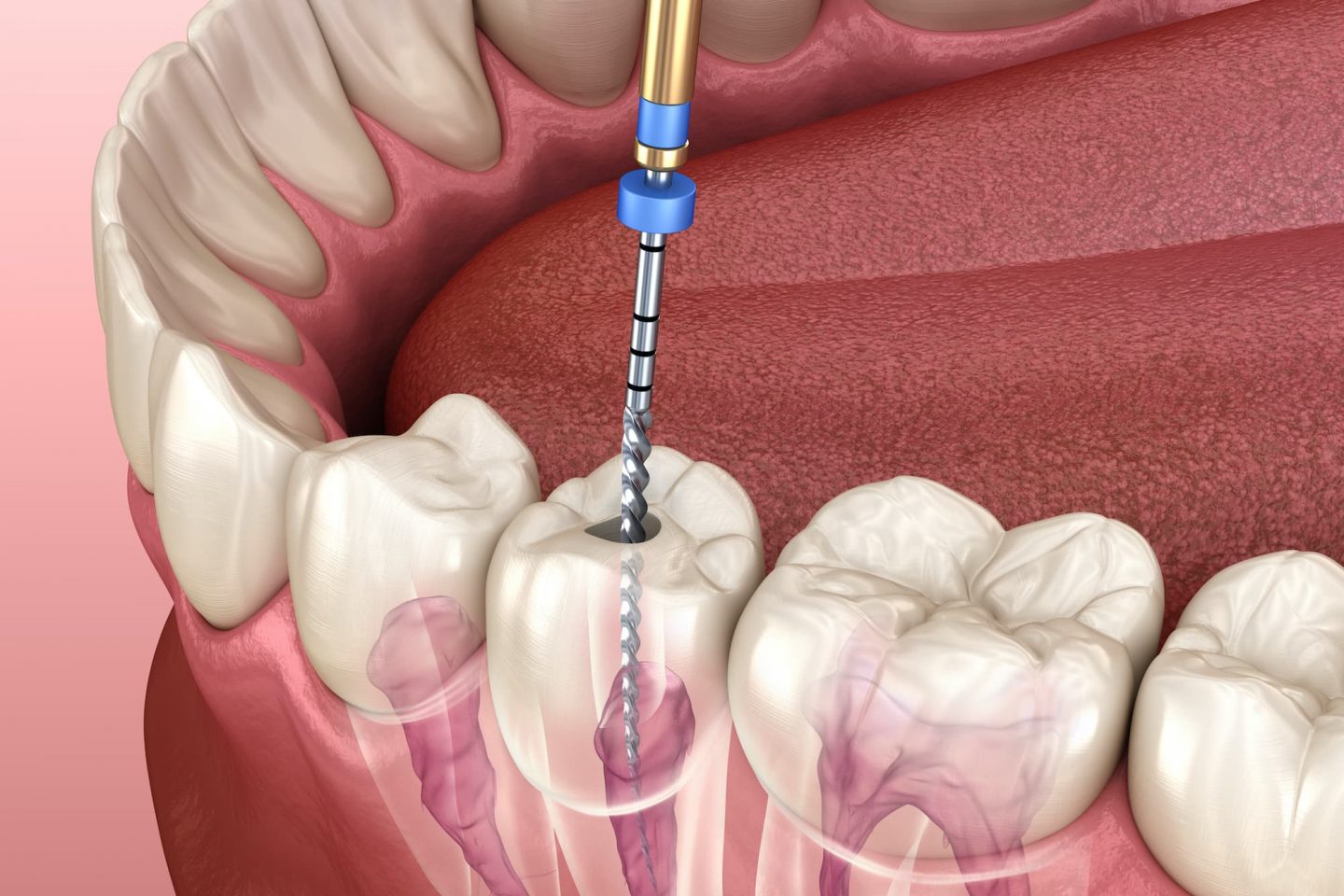
Root canal therapy is a common dental procedure that is often misunderstood and feared by patients. However, with the right information, you can feel more confident about this treatment option. In this comprehensive guide, we will break down the steps involved in root canal therapy to help you understand the process better.
What is Root Canal Therapy?
Root canal therapy, also known as endodontic therapy, is a dental procedure that is performed to treat infected or damaged pulp inside the tooth. The pulp is the soft tissue at the center of the tooth that contains nerves, blood vessels, and connective tissue. When the pulp becomes infected or inflamed due to decay, trauma, or other issues, a root canal is necessary to save the tooth and alleviate pain.
Common reasons for needing root canal therapy include:
- Severe toothache
- Sensitivity to hot or cold
- Swelling and tenderness in the gums
- Pain when chewing or applying pressure
- Discoloration of the tooth
The Step-by-Step Breakdown of Root Canal Therapy
Step 1: Examination and Diagnosis
The first step in the root canal therapy process is a thorough examination and diagnosis by your dentist. This typically involves an X-ray to determine the extent of the infection and assess the condition of the surrounding bone.
Step 2: Anesthesia
Before the root canal procedure begins, local anesthesia is administered to numb the tooth and surrounding tissues. This helps ensure that you are comfortable and pain-free throughout the treatment.
Step 3: Access Opening
Once the area is numb, the dentist will create an opening in the tooth to access the pulp chamber. This is usually done by drilling a small hole in the top of the tooth.
Step 4: Removal of Infected Pulp
Using special instruments, the dentist will remove the infected or damaged pulp from the tooth. The inside of the tooth is then cleaned and disinfected to remove any bacteria or debris.
Step 5: Shaping and Filling
After the pulp has been removed, the root canals are shaped and prepared for filling. The canals are filled with a biocompatible material called gutta-percha to seal them and prevent further infection.
Step 6: Restoration
Once the root canal is complete, the tooth is typically covered with a dental crown to restore its strength and function. The crown is custom-made to match the shape and color of your natural teeth.
Benefits of Root Canal Therapy
Root canal therapy offers several benefits, including:
- Saving the natural tooth
- Relieving pain and discomfort
- Preventing the spread of infection to other teeth
- Restoring normal chewing and biting abilities
- Maintaining the appearance of your smile
Myths about Root Canal Therapy
There are several myths and misconceptions surrounding root canal therapy that can cause unnecessary fear and anxiety. Let's debunk some of these myths:
Myth 1: Root Canals are Painful
Root canal therapy is designed to relieve pain, not cause it. With modern anesthesia and techniques, most patients report that the procedure is no more painful than getting a filling.
Myth 2: Root Canals Cause Illness
There is no scientific evidence to support the claim that root canals can cause illness or other health problems. In fact, root canal therapy is a safe and effective way to save a tooth.
Myth 3: Extraction is a Better Alternative
While extraction may seem like a quicker and cheaper option, it is always best to save the natural tooth whenever possible. Extraction can lead to other dental problems and may require additional treatments in the future.
Aftercare and Recovery
After a root canal procedure, it is important to follow your dentist's aftercare instructions to ensure proper healing. Here are some general tips for aftercare:
- Avoid chewing on the treated tooth until it is fully restored with a crown
- Take any prescribed medications as directed to manage pain and prevent infection
- Maintain good oral hygiene by brushing and flossing regularly
- Schedule a follow-up appointment with your dentist to monitor the healing process
Conclusion
Understanding root canal therapy can help alleviate anxiety and fear associated with this common dental procedure. By following this step-by-step breakdown and debunking myths about root canals, you can feel more confident about seeking treatment when needed. If you suspect you may need a root canal, don't hesitate to consult with your dentist to discuss your options and create a treatment plan tailored to your needs.